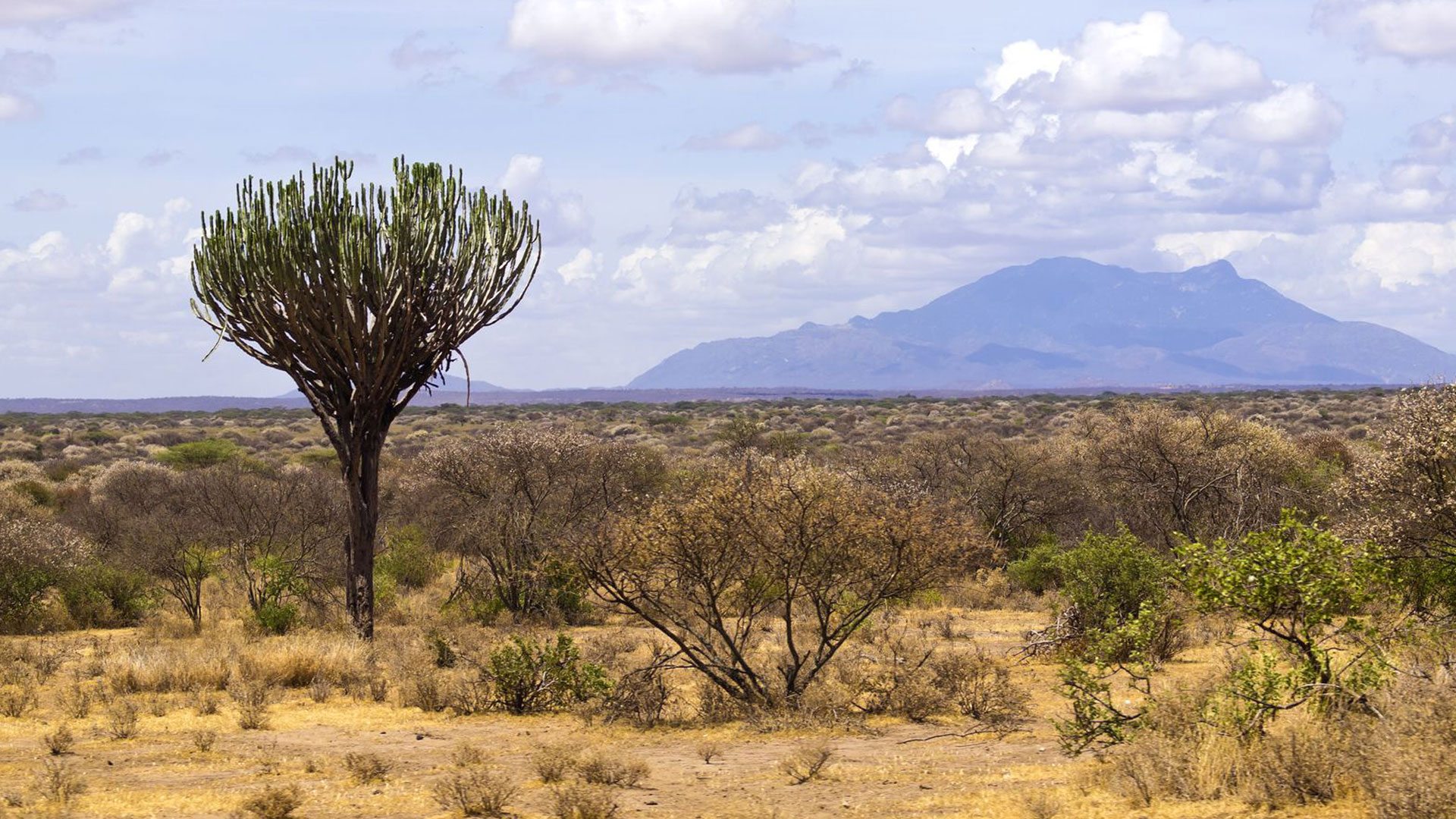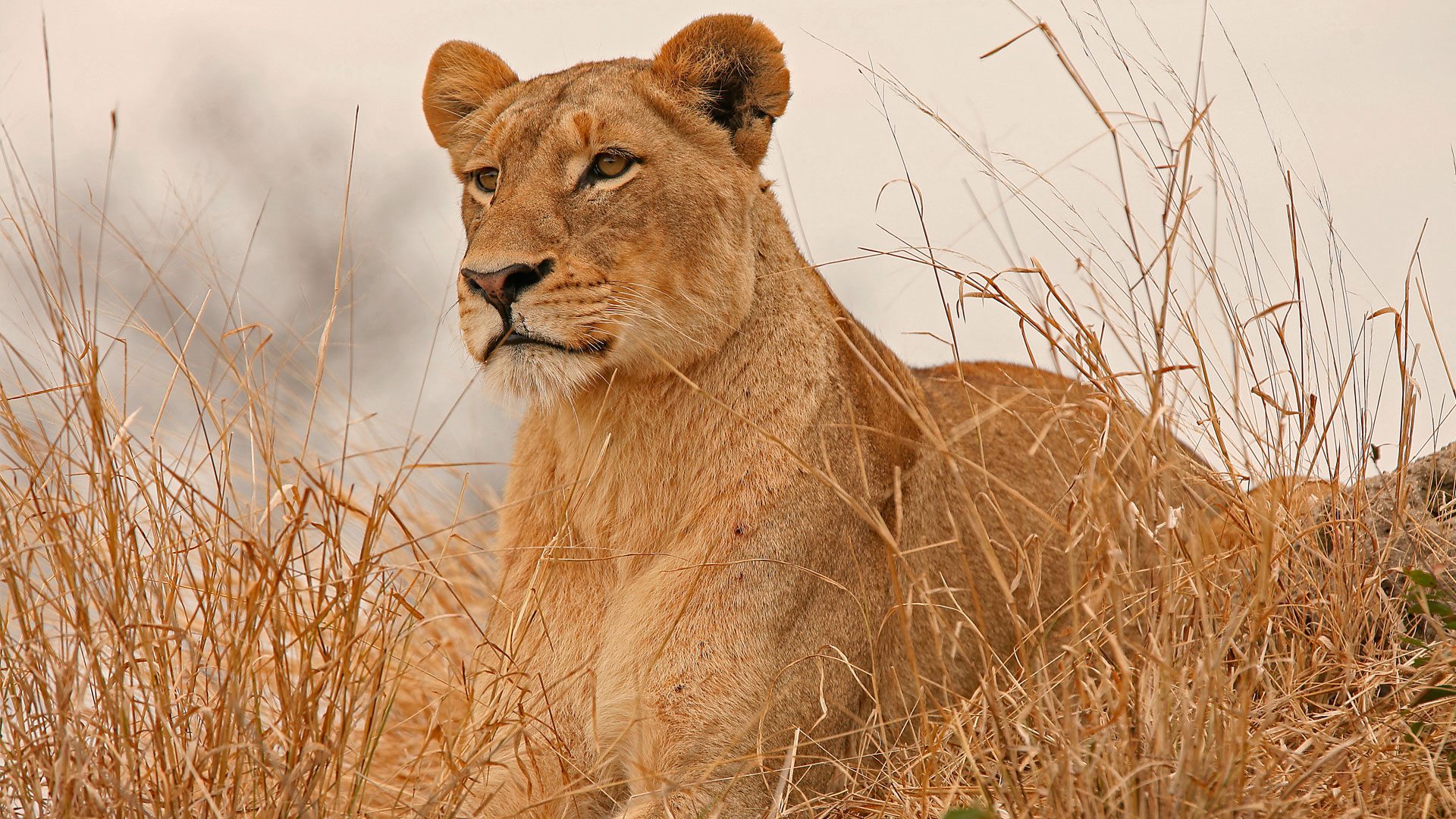Mount Meru National Park: Tanzania’s Hidden Gem
Mount Meru National Park, located in northern Tanzania, is a hidden gem renowned for its stunning landscapes and rich biodiversity. Established in 1967, this 1,500-square-kilometer park is centered around Mount Meru, an extinct stratovolcano that rises to 4,566 meters above sea level. The park offers a diverse array of ecosystems, from lush rainforests to alpine meadows, providing a haven for wildlife and a captivating destination for trekkers and nature enthusiasts. The park’s proximity to the Serengeti and Ngorongoro Crater makes it a compelling addition to any Tanzanian safari itinerary.
The Majesty of Mount Meru
Mount Meru is the centerpiece of the park, standing as the second-highest peak in Tanzania after Kilimanjaro. This majestic volcano is renowned for its perfect cone shape and the dramatic caldera that forms its summit. The climb to the summit of Mount Meru is a challenging yet rewarding adventure, offering breathtaking views of the surrounding landscapes and the distant peak of Mount Kilimanjaro. The volcano’s unique geological features, including its volcanic crater and the ash cone, make it a fascinating destination for geologists and adventure seekers alike.
Diverse Ecosystems: From Rainforests to Moorlands
Mount Meru National Park boasts a remarkable range of ecosystems, each supporting a unique set of flora and fauna. The lower slopes of the mountain are covered in dense rainforests, where visitors can experience lush vegetation and a vibrant array of bird species. As you ascend, the forest transitions to bamboo and heathlands before giving way to open moorlands and alpine meadows. The high-altitude zones feature stunning landscapes of rocky outcrops and volcanic formations. This diverse range of habitats provides opportunities for different types of adventure activities and wildlife encounters.
Wildlife Encounters: Rich Biodiversity
Mount Meru National Park is home to a rich variety of wildlife, including both iconic and lesser-known species. The park’s lower altitudes are inhabited by elephants, giraffes, and buffaloes, while the forested areas support populations of colobus monkeys and bushbucks. The park is also known for its birdlife, with species such as the Hartlaub’s turaco and the crested guineafowl commonly observed. At higher elevations, visitors might encounter wildlife adapted to the cooler climates, including the mountain reedbuck. The park’s diverse ecosystems provide habitats for a wide range of species, making it an ideal destination for wildlife enthusiasts.
The Mount Meru Trek: An Unforgettable Adventure
The trek to the summit of Mount Meru is one of the park’s most popular attractions, offering a challenging and rewarding adventure. The trek typically takes 3 to 4 days, with routes that pass through varied landscapes, including rainforests, alpine meadows, and volcanic craters. The ascent provides stunning panoramic views of the surrounding area, including the distant Kilimanjaro and the Maasai Steppe. The trek is demanding, with steep ascents and altitude challenges, but it rewards climbers with a sense of accomplishment and spectacular vistas from the summit.
Scenic Beauty: Majestic Landscapes and Vistas
The scenic beauty of Mount Meru National Park is unparalleled, with landscapes that range from verdant rainforests to stark volcanic craters. The park’s diverse topography creates a dramatic backdrop for outdoor activities and photography. Key viewpoints, such as the Miriakamba Hut and the Rhino Point, offer breathtaking views of the surrounding valleys and peaks. The changing weather conditions and light play across the landscape, creating dynamic and ever-changing vistas. The park’s high-altitude environments, with their rugged terrain and expansive views, provide a unique and captivating experience for visitors.
Adventure Activities: Exploring the Park’s Wonders
In addition to the iconic trek to Mount Meru’s summit, the park offers a range of adventure activities for visitors seeking to explore its diverse landscapes. Guided nature walks through the rainforest provide opportunities to observe the park’s flora and fauna up close. For those interested in birdwatching, the park’s varied habitats offer excellent opportunities to spot rare and endemic species. The park also provides opportunities for scenic drives and picnicking in designated areas, allowing visitors to enjoy the park’s natural beauty and tranquility.
The Cultural Dimension: Local Communities and Traditions
Mount Meru National Park is situated in a region with rich cultural traditions and local communities. The Meru people, who live in the surrounding areas, have a deep connection to the land and its natural resources. Visitors to the park can learn about local customs, traditions, and ways of life through community interactions and cultural tours. Engaging with the Meru people provides insights into their traditional practices and the role of the park in their cultural and economic lives. This cultural dimension adds depth to the visitor experience and highlights the importance of community engagement in conservation efforts.
Conservation Efforts: Protecting Mount Meru’s Natural Heritage
Mount Meru National Park plays a crucial role in the conservation of Tanzania’s natural heritage. The park’s management focuses on preserving its diverse ecosystems, protecting wildlife habitats, and promoting sustainable tourism practices. Efforts to combat poaching, manage human-wildlife conflicts, and support local communities are central to the park’s conservation strategy. The park’s role in protecting the watershed for surrounding areas and maintaining ecological balance is vital for the region’s environmental health. Ongoing conservation initiatives aim to ensure the long-term preservation of Mount Meru’s natural beauty and biodiversity.
Comparative Safari Experiences: Tanzania’s Iconic Parks
While Mount Meru National Park offers a unique adventure experience, it is part of a broader tapestry of iconic Tanzanian safari destinations. The Serengeti National Park, with its famous Great Migration and vast savannahs, provides classic safari experiences with abundant wildlife and dramatic predator-prey interactions. The Ngorongoro Crater, a UNESCO World Heritage Site, offers stunning views of a collapsed volcanic caldera and a rich diversity of wildlife. Tarangire National Park, known for its large elephant herds and baobab trees, provides a contrasting landscape and wildlife experience. Each park contributes to Tanzania’s reputation as a premier safari destination, offering diverse and enriching experiences.
Combining Mount Meru with Other Destinations
Mount Meru National Park is ideally situated for combining visits with other destinations in northern Tanzania. The nearby Kilimanjaro National Park offers opportunities for climbing Africa’s highest peak and exploring its unique landscapes. The Arusha National Park, with its diverse ecosystems and the scenic Momella Lakes, provides additional adventure and wildlife experiences. Combining Mount Meru with these destinations creates a comprehensive and varied itinerary, showcasing the range of Tanzania’s natural and cultural attractions.
Practical Tips for Visiting Mount Meru National Park
To make the most of your visit to Mount Meru National Park, consider the following tips:
- Best Time to Visit: The dry seasons from June to October and January to February are ideal for trekking and wildlife observation, as the weather is more stable and trails are less muddy. The rainy seasons from March to May and November to December can bring lush landscapes but may also create challenging trekking conditions.
- What to Pack: Pack warm clothing for the high-altitude conditions, as temperatures can drop significantly, especially at higher elevations. Include layers, sturdy hiking boots, rain gear, and a good quality camera and binoculars. Essentials such as sunscreen, insect repellent, and a hat are also recommended.
- Health and Safety: Ensure you have the necessary vaccinations and malaria prophylaxis before traveling. Acclimatize to the altitude gradually and stay hydrated during your trek. Follow all safety guidelines provided by park rangers and guides.
- Travel Arrangements: Book your safari through a reputable operator like Winton Africa Safaris Ltd to ensure a well-organized and enjoyable experience. Consider combining your Mount Meru visit with other northern Tanzanian destinations for a diverse and enriching adventure.
Conclusion
Mount Meru National Park offers a unique and immersive adventure experience, characterized by its diverse ecosystems, rich wildlife, and stunning landscapes. From climbing the majestic peak of Mount Meru to exploring the park’s varied habitats and engaging with local communities, the park provides a captivating destination for nature enthusiasts and adventure seekers. The park’s combination of scenic beauty, biodiversity, and cultural heritage makes it a hidden gem in Tanzania’s safari landscape. As you explore Mount Meru National Park, you’ll gain an appreciation for its ecological significance and the broader efforts needed to preserve Tanzania’s natural and cultural heritage. Mount Meru stands as a testament to Tanzania’s commitment to offering exceptional adventure experiences and preserving its wild landscapes.



